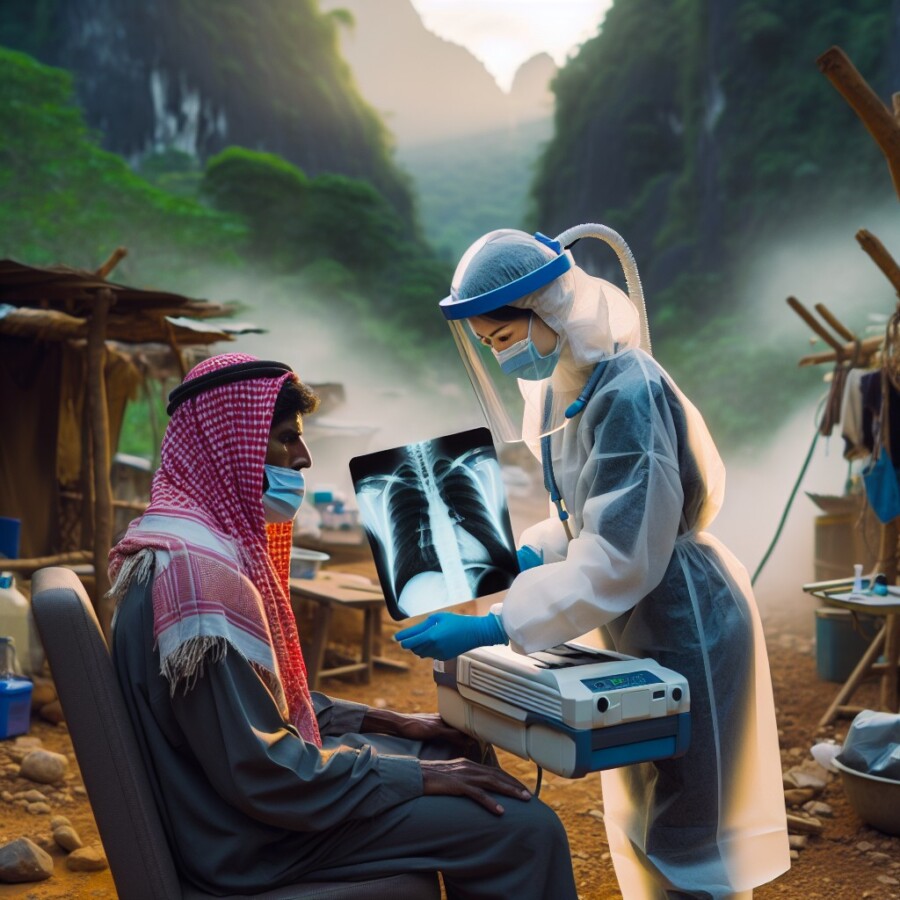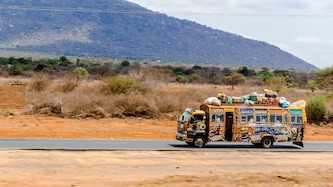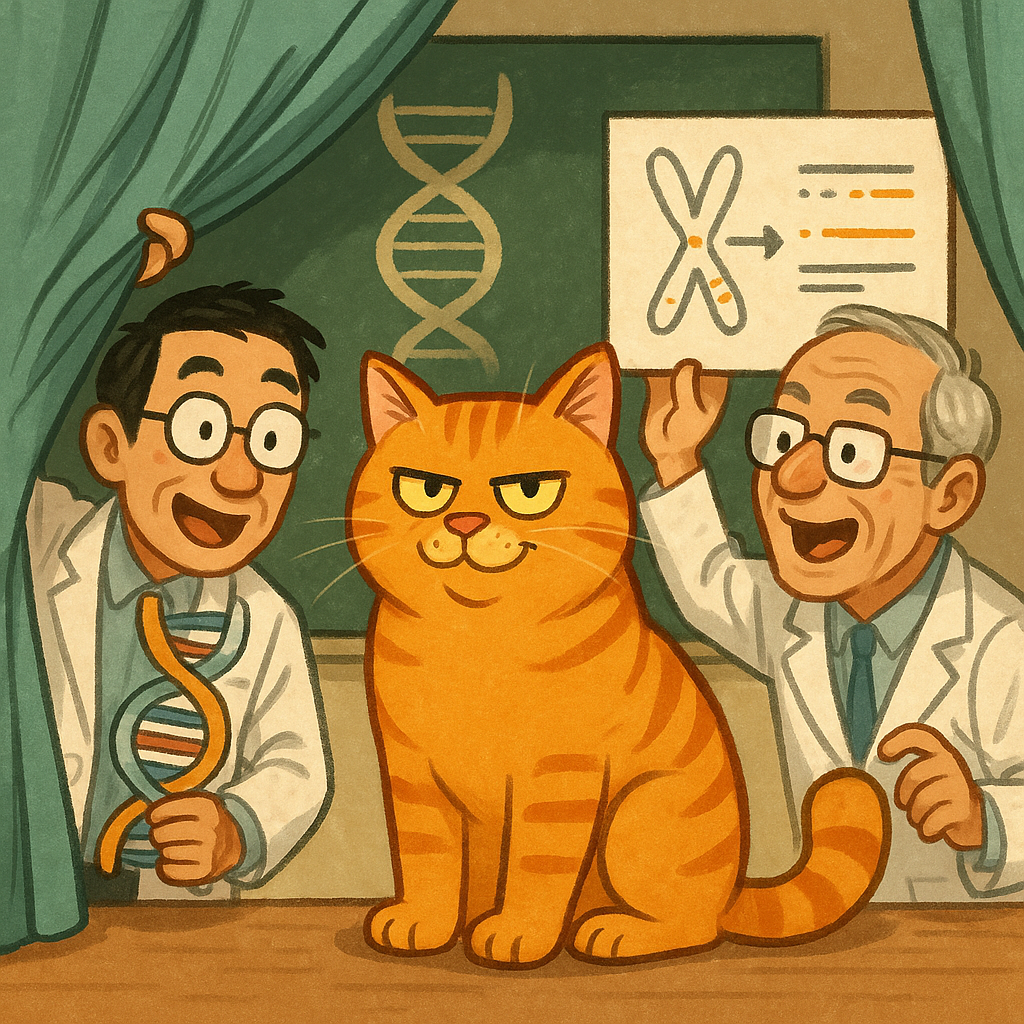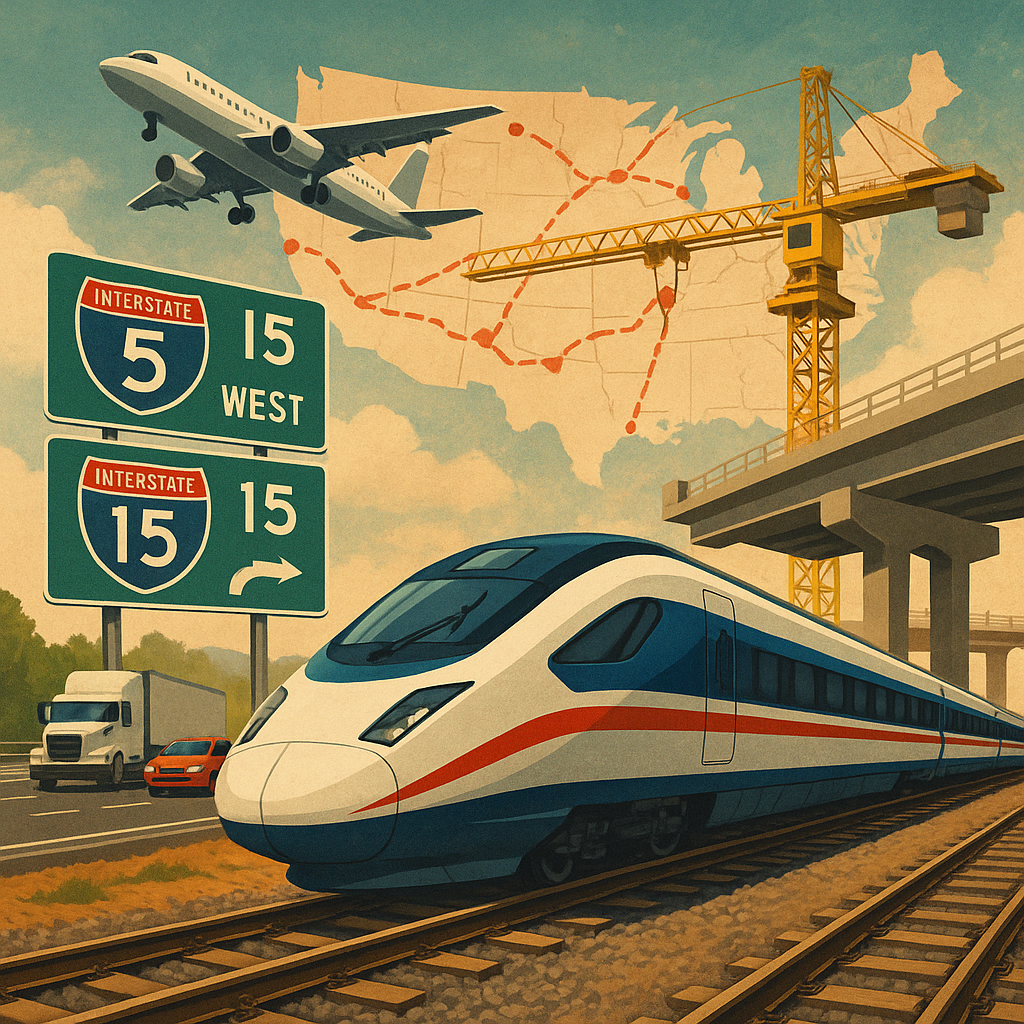Small X-ray machines that you can take anywhere are very helpful in places far from hospitals, like in the countryside or where there has been a big accident or a fight. People don’t have to go to a big hospital to get checked because these machines can go to them. In 2020, people spent $7.1 billion on these machines, and they might spend $14 billion by 2028. There are two kinds: ones with wheels and ones so light a person can carry them. These machines help a lot of people in places where it’s hard to find a doctor.
On some islands in Scotland, they tried a very light X-ray machine that you can hold in your hand. It worked so well that everyone who needed an X-ray got one because they didn’t have to go far away to a big hospital. These small machines are also helping to find a sickness called TB in places where people don’t have much money. The machines can tell if someone has TB very fast and they are smart because they use a special computer brain. But some people worry about the bad things that can happen from the X-rays and that these machines cost a lot of money.
Even though there are some problems, more and more people will use these small X-ray machines. The hope is that everyone who needs an X-ray can get one from a new, smart machine that is easy to carry. As more companies start making these machines, they might get cheaper because the companies will try to have better prices than each other. This could make it easier for everyone to get these machines.
Original news source: How portable X-ray machines are helping remote patients (BBC)
🎧 Listen:
Slow
Normal
Fast
📖 Vocabulary:
| 1 | countryside | The area outside of cities and towns, with lots of open space and nature |
| 2 | accident | When something bad and unexpected happens, like two cars hitting each other |
| 3 | portable | Something that can be easily moved or carried from one place to another |
| 4 | wheels | Round objects that help things like cars and bikes to move |
| 5 | islands | Pieces of land surrounded by water |
| 6 | sickness | When you are not feeling well or have a disease |
| 7 | computer | An electronic machine that is used for storing information, playing games, or doing work |
| 8 | brain | The part of your body inside your head that helps you think and remember |
| 9 | worry | To feel scared or concerned that something bad might happen |
| 10 | companies | Businesses that make or sell things |
| 11 | cheaper | Not costing as much money; more affordable |
| 12 | smart | Clever or able to learn and understand things quickly |
Group or Classroom Activities
Warm-up Activities:
– Charades
Instructions: Divide the students into small groups. Give each group a card with a word related to the article (e.g. hospital, X-ray, doctor). One student from each group will act out the word without speaking, while the other students try to guess what word it is. The group that guesses the word correctly gets a point. Repeat with different words from the article.
– Vocabulary Pictionary
Instructions: Divide the students into pairs. Give each pair a list of vocabulary words from the article (e.g. X-ray, hospital, TB). One student will choose a word and draw a picture to represent it, while the other student tries to guess the word. They can only communicate through drawing. After a set amount of time, switch roles. The pair with the most correct guesses wins.
– News Summary
Instructions: Divide the students into pairs. Ask each pair to read the article together and then write a summary of the main points. After a few minutes, have the pairs share their summaries with the class. Encourage discussion and compare the different summaries to highlight key information from the article.
– Think-Pair-Share
Instructions: Ask the students to think about and write down their opinions on the use of small X-ray machines in remote areas. Then, pair them up to discuss their opinions and reasons behind them. After a few minutes, have each pair share their opinions with the class. Encourage students to listen and respond respectfully to different viewpoints.
– Sketch It
Instructions: Divide the students into small groups. Give each group a blank piece of paper and a pen. Instruct them to work together to create a sketch or diagram illustrating the benefits and challenges of using small X-ray machines in remote areas. After a few minutes, have each group present their sketch to the class, explaining their choices and ideas. Encourage discussion and reflection on the different perspectives presented.
🤔 Comprehension Questions:
1. What are small X-ray machines used for?
2. Why are these machines helpful in places far from hospitals?
3. How much money did people spend on these machines in 2020?
4. What are the two kinds of small X-ray machines?
5. Where did they try a very light X-ray machine that you can hold in your hand?
6. What sickness can these small machines help find?
7. Why might these machines get cheaper in the future?
Go to answers ⇩
🎧✍️ Listen and Fill in the Gaps:
Small X-ray machines that you can take anywhere are very (1)______ in places far from (2)______s, like in the countryside or where there has been a big (3)______ or a fight. People don’t have to go to a big hospital to get checked because these machines can go to them. In 2020, people spent $7.1 billion on these machines, and they might spend $14 billion by 2028. There are two kinds: ones with wheels and ones so light a person can carry them. These machines (4)______ a lot of people in places where it’s hard to find a doctor.
On some islands in Scotland, they (5)______ a very light X-ray machine that you can hold in your (6)______. It worked so well that everyone who needed an X-ray got one because they didn’t have to go far away to a big hospital. These small machines are also helping to find a sickness called TB in places where people don’t (7)______ much money. The machines can tell if someone has TB very fast and they are smart because they use a special computer brain. But some people worry about the bad things that can (8)______ from the X-rays and that these machines (9)______ a lot of money.
Even though there are some problems, (10)______ and more people will use these small X-ray (11)______s. The hope is that everyone who needs an X-ray can get one from a new, smart machine that is easy to carry. As more companies start making these machines, they might get (12)______ because the companies will try to have better prices than each other. This could make it easier for everyone to get these machines.
Go to answers ⇩
💬 Discussion Questions:
Students can ask a partner these questions, or discuss them as a group.
1. What are small X-ray machines used for?
2. How do these machines help people in places far from hospitals?
3. Have you ever been to a big hospital? How did you feel?
4. What do you think about small X-ray machines that can be carried?
5. Why do you think people spent $7.1 billion on these machines in 2020?
6. Do you think it’s important for everyone to have access to X-ray machines? Why or why not?
7. How do small X-ray machines help find TB in places with less money?
8. What are some worries that people have about X-ray machines?
9. Do you think the benefits of these machines outweigh the risks? Why or why not?
10. How do you think more companies making these machines will affect the prices?
11. Would you like to have a small X-ray machine that you can carry? Why or why not?
12. How do you think these machines can make it easier for everyone to get an X-ray?
Individual Activities
📖💭 Vocabulary Meanings:
Match each word to its meaning.
Words:
1. countryside
2. accident
3. portable
4. wheels
5. islands
6. sickness
7. computer
8. brain
9. worry
10. companies
11. cheaper
12. smart
Meanings:
(A) Not costing as much money; more affordable
(B) Round objects that help things like cars and bikes to move
(C) Pieces of land surrounded by water
(D) An electronic machine that is used for storing information, playing games, or doing work
(E) The part of your body inside your head that helps you think and remember
(F) When something bad and unexpected happens, like two cars hitting each other
(G) To feel scared or concerned that something bad might happen
(H) Something that can be easily moved or carried from one place to another
(I) Businesses that make or sell things
(J) Clever or able to learn and understand things quickly
(K) The area outside of cities and towns, with lots of open space and nature
(L) When you are not feeling well or have a disease
Go to answers ⇩
🔡 Multiple Choice Questions:
1. Why are small X-ray machines helpful in places far from hospitals?
(a) They are cheaper than big X-ray machines.
(b) People don’t have to go to a big hospital to get checked.
(c) They are lighter than big X-ray machines.
(d) They are more accurate than big X-ray machines.
2. How much money did people spend on small X-ray machines in 2020?
(a) $14 billion
(b) $21 billion
(c) $28 billion
(d) $7.1 billion
3. What are the two kinds of small X-ray machines mentioned in the article?
(a) Ones that are big and ones that are small.
(b) Ones that are expensive and ones that are cheap.
(c) Ones with wheels and ones so light a person can carry them.
(d) Ones that are accurate and ones that are not accurate.
4. Where did they try a very light X-ray machine that you can hold in your hand?
(a) In a big hospital
(b) On some islands in Scotland
(c) In a city
(d) In a countryside
5. What sickness can these small X-ray machines help to find?
(a) Flu
(b) Cold
(c) Headache
(d) TB
6. How do the small X-ray machines work?
(a) They use a special camera.
(b) They use a special medicine.
(c) They use a special computer brain.
(d) They use a special tool.
7. What are some concerns people have about these small X-ray machines?
(a) The bad things that can happen from the X-rays.
(b) The cost of the machines.
(c) The size of the machines.
(d) The accuracy of the machines.
8. What might happen to the prices of these small X-ray machines in the future?
(a) They might get cheaper.
(b) They might get more expensive.
(c) They might stay the same.
(d) They might disappear.
Go to answers ⇩
🕵️ True or False Questions:
1. More and more people will use these small X-ray machines in the future, and they might become cheaper as more companies start making them.
2. There are two types of small X-ray machines: ones with wheels and ones that are light enough for a person to carry.
3. On some islands in Scotland, they tested a very light X-ray machine that you can hold in your hand, and it worked well.
4. These small machines are not helping to find a sickness called TB in places where people don’t have much money.
5. People can use these machines instead of going to a big hospital to get checked.
6. Small X-ray machines are not helpful in places where there are no big hospitals, like in the countryside or after a big accident or fight.
7. In 2020, people did not spend $7.1 billion on these machines, and it might not increase to $14 billion by 2028.
8. These machines are not very useful in places where it’s difficult to find a doctor.
Go to answers ⇩
📝 Write a Summary:
Write a summary of this news article in two sentences.
Check your writing now with the best free AI for English writing!
Writing Questions:
Answer the following questions. Write as much as you can for each answer.
Check your answers with our free English writing assistant!
1. Why are small X-ray machines helpful in places far from hospitals?
2. How much money did people spend on these machines in 2020?
3. What are the two kinds of small X-ray machines?
4. How did the light X-ray machine help people on the islands in Scotland?
5. Why do some people worry about the small X-ray machines?
✅ Answers
🤔✅ Comprehension Question Answers:
1. Small X-ray machines are used for taking X-ray images of people’s bodies to help doctors see if there are any problems or sicknesses.
2. These machines are helpful in places far from hospitals because they can be taken to the people who need them, instead of the people having to travel to a big hospital.
3. People spent $7.1 billion on these machines in 2020.
4. The two kinds of small X-ray machines are ones with wheels and ones that are light enough for a person to carry.
5. They tried a very light X-ray machine that you can hold in your hand on some islands in Scotland.
6. These small machines can help find a sickness called TB (tuberculosis).
7. These machines might get cheaper in the future because more companies will start making them and they will try to have better prices than each other.
Go back to questions ⇧
🎧✍️✅ Listen and Fill in the Gaps Answers:
(1) helpful
(2) hospital
(3) accident
(4) help
(5) tried
(6) hand
(7) have
(8) happen
(9) cost
(10) more
(11) machine
(12) cheaper
Go back to questions ⇧
📖💭✅ Vocabulary Meanings Answers:
1. countryside
Answer: (K) The area outside of cities and towns, with lots of open space and nature
2. accident
Answer: (F) When something bad and unexpected happens, like two cars hitting each other
3. portable
Answer: (H) Something that can be easily moved or carried from one place to another
4. wheels
Answer: (B) Round objects that help things like cars and bikes to move
5. islands
Answer: (C) Pieces of land surrounded by water
6. sickness
Answer: (L) When you are not feeling well or have a disease
7. computer
Answer: (D) An electronic machine that is used for storing information, playing games, or doing work
8. brain
Answer: (E) The part of your body inside your head that helps you think and remember
9. worry
Answer: (G) To feel scared or concerned that something bad might happen
10. companies
Answer: (I) Businesses that make or sell things
11. cheaper
Answer: (A) Not costing as much money; more affordable
12. smart
Answer: (J) Clever or able to learn and understand things quickly
Go back to questions ⇧
🔡✅ Multiple Choice Answers:
1. Why are small X-ray machines helpful in places far from hospitals?
Answer: (b) People don’t have to go to a big hospital to get checked.
2. How much money did people spend on small X-ray machines in 2020?
Answer: (d) $7.1 billion
3. What are the two kinds of small X-ray machines mentioned in the article?
Answer: (c) Ones with wheels and ones so light a person can carry them.
4. Where did they try a very light X-ray machine that you can hold in your hand?
Answer: (b) On some islands in Scotland
5. What sickness can these small X-ray machines help to find?
Answer: (d) TB
6. How do the small X-ray machines work?
Answer: (c) They use a special computer brain.
7. What are some concerns people have about these small X-ray machines?
Answer: (a) The bad things that can happen from the X-rays.
8. What might happen to the prices of these small X-ray machines in the future?
Answer: (a) They might get cheaper.
Go back to questions ⇧
🕵️✅ True or False Answers:
1. More and more people will use these small X-ray machines in the future, and they might become cheaper as more companies start making them. (Answer: True)
2. There are two types of small X-ray machines: ones with wheels and ones that are light enough for a person to carry. (Answer: True)
3. On some islands in Scotland, they tested a very light X-ray machine that you can hold in your hand, and it worked well. (Answer: True)
4. These small machines are not helping to find a sickness called TB in places where people don’t have much money. (Answer: False)
5. People can use these machines instead of going to a big hospital to get checked. (Answer: True)
6. Small X-ray machines are not helpful in places where there are no big hospitals, like in the countryside or after a big accident or fight. (Answer: False)
7. In 2020, people did not spend $7.1 billion on these machines, and it might not increase to $14 billion by 2028. (Answer: False)
8. These machines are not very useful in places where it’s difficult to find a doctor. (Answer: False)
Go back to questions ⇧













